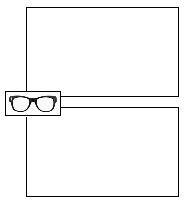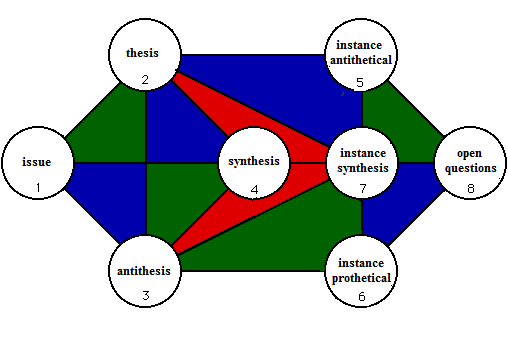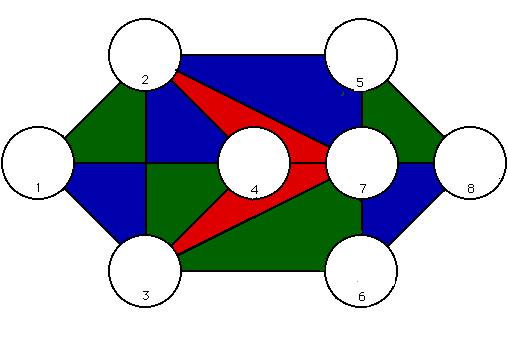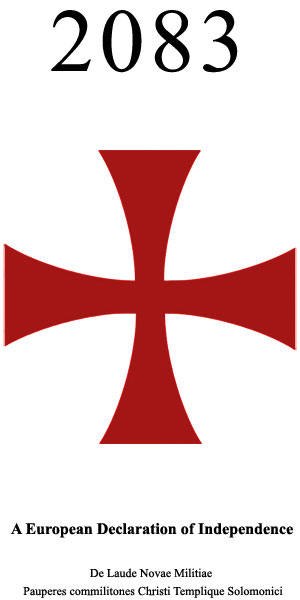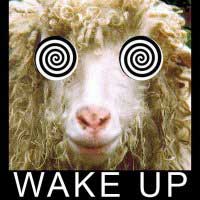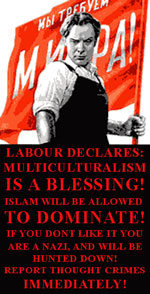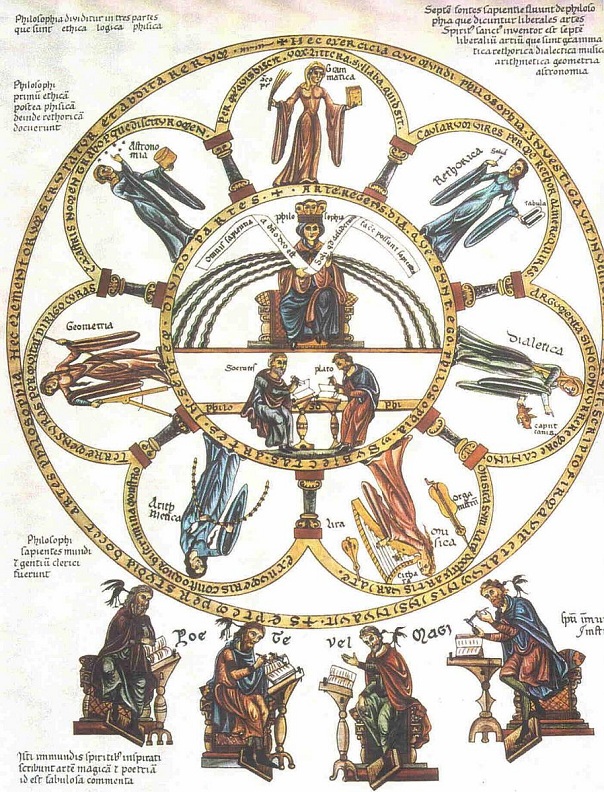[ by Charles Cameron — Christopher Hitchens, Muhammad, Jack Chick, and Joseph Smith ]
.

I get so tired of people not doing their homework, left and right.
Or perhaps that should read, Left and Right.
1.
I don’t know quite how you’d classify Christopher Hitchens, but in a Slate article today titled Romney’s Mormon Problem: Mitt Romney and the weird and sinister beliefs of Mormonism, he asserts:
On his later forays into the chartless wilderness, there to play the role of Moses to his followers (who were permitted and even encouraged in plural marriage, so as to go forth and mass-produce little Mormons), Smith also announced that he wanted to be known as the Prophet Muhammad of North America, with the fearsome slogan: “Either al-Koran or the Sword.”
Juicy, eh?
Luckily, Hitchens has linked the phrase “Either al-Koran or the Sword” – so we can source the quote in, let’s see, Christopher Hitchens, in his book God is Not Great, as excerpted in Slate again:
The Church of Jesus Christ of Latter-day Saints-hereafter known as the Mormons-was founded by a gifted opportunist who, despite couching his text in openly plagiarized Christian terms, announced that “I shall be to this generation a new Muhammad” and adopted as his fighting slogan the words, which he thought he had learned from Islam, “Either the Al-Koran or the sword.”
Sadly, there’s no link this time, no further sourcing of the quote.
2.
Hugh Nibley is my go-to man for Mormon scholarship (orthodox), and it doesn’t surprise me that there’s an essay of his on the web comparing Islam and Mormonism [.pdf].
Nibley accepts that “in fact, early Mormon leaders saw no reason why Mohammed should not be considered a true prophet, for there have been many prophets, great and small, in the past whose words are not in the Bible.” But that impression didn’t long survive a second observation:
[T]he striking resemblance turns almost at once into an equally striking contrast when the Moslems announce that Mohammed is the last of the prophets and that there can be no prophet after him. “When a doctrine is sealed,” writes an eminent Moslem scholar, “it is complete, and there can be no further addition. The holy Prophet Mohammed closed the long line of Apostles. … there has been and will be no prophet after Mohammed.”
Nibley’s six-page essay has no quotation in which Joseph Smith speaks of “Al-Koran or the sword”.
Neither, in fact, does Todd Harris in his 162-page 2007 BYU Master’s thesis A Comparison of Muhammad and Joseph Smith in the Prophetic Pattern [.pdf].
3.
Jack Chick to the rescue.
As you may know, Jack Chick publishes some appallingly poorly illustrated Christian booklets that are almost as small as large postage stamps, and almost as much fun to collect.
Chick’s larger-than-usual publication The Enchanter, whose cover graces the top of this post, includes the following garishly interesting graphic:

But – poor taste in art aside – Chick is more thoroughgoing than Hitchens, and is kind enough to supply us with references for the statements he makes. In a commentary on his own pamphlet, he writes:
On October 14, 1838, Joseph Smith called himself a “second Muhammad” as he was concluding a speech in the public square at Far West, Missouri. Those words have been verified by affidavits from Thomas B. Marsh, Orson Hyde (from Joseph’s Quorum of the Twelve), George M. Hinkle, John Corrill, W.W. Phelps (a major leader in the Mormon church), Samson Avard (founder of the Danites), and Reed Peck.
To Marsh’s statement, he footnotes thus:
For the full affidavit of Thomas B. Marsh, see The Rocky Mountain Saints by T. B. H. Stenhouse (New York: D. Appleton and Company, 1873), pp. 89-90.
and points out that we can read the relevant pages ourselves on Google Books.
4.
There’s an article titled From the Archives: Joseph Smith or the Sword!? at the Juvenile Instructor blog, commenting on the Jack Chick publication, which handily quotes the various 1838 testimonies in which associates and one-time associates attest that Smith compared himself with the Prophet of Islam – that of Thomas Marsh being the only one of which actually offers us the phrase that Hitchens — remember Hitchens? – was (almost) quoting.
Marsh’s statement reads:
I have heard the prophet say that he should yet tread down his enemies, and walk over their dead bodies; that if he was not let alone he would be a second Mahomet to this generation, and that he would make it one gore of blood from the Rocky Mountains to the Atlantic Ocean; that like Mahomet, whose motto, in treating for peace, was “the Alcoran or the Sword,” so should it be eventually with us, “Joseph Smith or the Sword.”
And so — with the exceptions that the original has “Mohammed” where the Juvenile Instructor has “Mahomet” and that the original has single quotes where the Juvenile Instructor has double — Marsh’s testimony as published in Stenhouse’s book does indeed read.
5.
So that’s the closest thing we have to a source for Joseph Smith having made the statement that Hitchens says Smith “adopted as his fighting slogan” – when even that one source has Smith uttering it with the conditional “if he was not left alone” and the future-oriented “so should it be eventually with us”…
For what it may be worth — no more and no less, and I shall not be the judge of that — the third volume of BH Roberts‘ History of the Church of Jesus Christ of Latter-day Saints contains the following, which I take to be placed in the mouth of Smith himself, but drawn from his diaries and other contemporary papers:
Thomas B. Marsh, formerly president of the Twelve, having apostatized, repaired to Richmond and made affidavit before Henry Jacobs, justice of the peace, to all the vilest slanders, aspersions, lies and calumnies towards myself and the Church, that his wicked heart could invent. He had been lifted up in pride by his exaltation to office and the revelations of heaven concerning him, until he was ready to be overthrown by the first adverse wind that should cross his track, and now he has fallen, lied and sworn falsely, and is ready to take the lives of his best friends. Let all men take warning by him, and learn that he who exalteth himself, God will abase.
This at least gives us a sense of the tension between the two men…
And consider this:
The disaffected and the apostate are in particular informants whose evidence has to be used with circumspection. The apostate is generally in need of self-justification. He seeks to reconstruct his own past, to excuse his former affiliations, and to blame those who were formerly his closest associates. Not uncommonly the apostate learns to rehearse an ‘atrocity story’ to explain how, by manipulation, trickery, coercion, or deceit, he was induced to join or to remain within an organization that he now forswears and condemns.
That’s from Bryan Wilson, Fellow of All Souls College, Oxford, and author of The Social Dimensions of Sectarianism: Sects and New Religious Movements in Contemporary Society.
6.
Homework, Hitchens, homework!
I shouldn’t say stuff like that – I’m sure I’ve missed a few points myself.
7.
At least Hitchens is wittier than Limbaugh.
